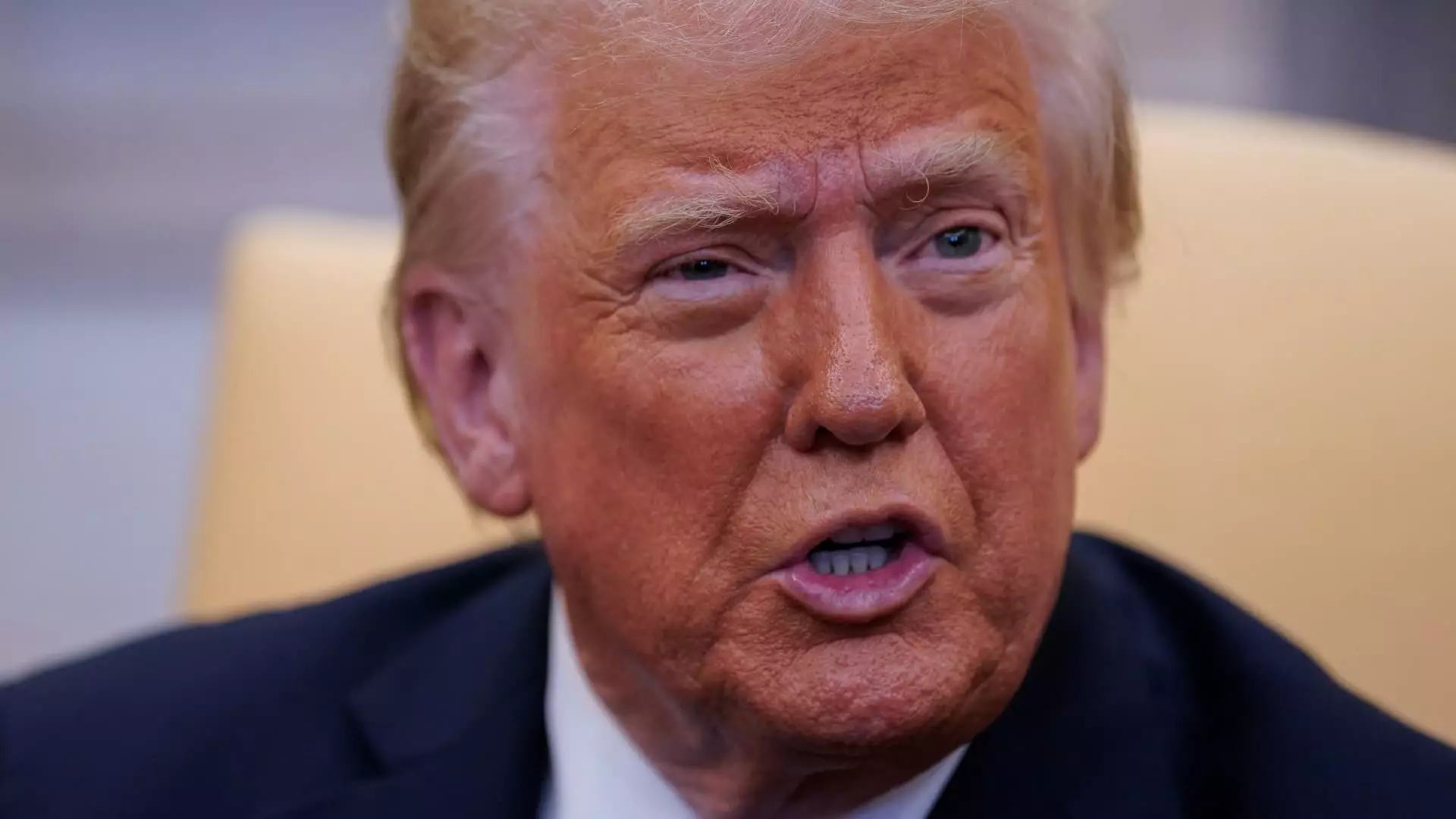The decision by President Donald Trump to cease the production of new pennies has ignited a robust discussion on the practicality and relevance of the 1-cent coin in today’s economy. Trump has highlighted the economic inefficiency of minting a coin that costs more to manufacture than its face value, labeling the continuation of penny production as “wasteful.” By examining the implications of such a move, we can better understand the financial and logistical challenges that surround the penny and its role in modern currency.
Trump’s claim is backed by substantial data that illustrate how the U.S. Mint incurs an expense of 3.69 cents for every penny produced. This disparity, which has persisted for nearly two decades, raises critical questions about the utility of the penny in everyday transactions. As the U.S. economy evolves, many consumers and businesses have shifted toward digital payments, reducing the necessity for physical currency – particularly coins that are often viewed as cumbersome and trivial.
This financial absurdity, where the cost of production exceeds the coin’s value, underscores not just economic inefficiency but also an increasing disconnect between current currency practices and consumer habits. The notion that something as trivial as a penny can burden federal resources while also complicating commerce propels a compelling case for change.
However, the legality of Trump’s directive to cease penny production introduces another layer of complexity. The Constitution designates coinage power as exclusive to Congress, raising questions about whether the President has overstepped bounds or can influence the decision through the Treasury. Despite this potential legal gray area, analysts like Jaret Seiberg from TD Cowen predict that the order might withstand judicial scrutiny, leading to a dramatic reduction in penny availability.
Such a scenario could have unforeseen consequences for the economy. Businesses that rely on pennies for transactions may find themselves at a disadvantage, paying more to acquire necessary coins from banks while navigating a potential shortage. The added legal and financial risks could force congressional discussion of the need to abolish or seriously amend the use of the penny, injecting urgency into the debate.
A natural byproduct of reducing the reliance on physical coins could be the accelerated adoption of electronic payment systems. As consumers continue to embrace cashless transactions, platforms like Visa and Mastercard stand to benefit immensely. The global trend towards digital financial interactions suggests a diminishing role for coins and currency, reinforcing arguments for the practicality of phasing out the penny.
Trump’s order could be a pivotal moment in determining the future of U.S. currency. While it symbolically represents a broader reevaluation of financial efficiencies within government operations, it also challenges traditional practices of commerce. The country may be on the brink of a significant shift in its monetary policy, urging lawmakers to prioritize a framework that better aligns with contemporary economic behaviors. As we navigate this transition, the fate of the penny remains emblematic of the need to reevaluate age-old practices in a rapidly changing financial landscape.

